Physical Address
304 North Cardinal St.
Dorchester Center, MA 02124
The empty sella turcica was first described in 1949 as a condition where the sella turcica is only partially filled by the pituitary gland, which appears flattened against the sellar floor ( Fig. 19.1 ). Autopsy studies confirm the high disease prevalence reported to be 5.5% to 20% of the general population. Not surprisingly, many patients who undergo brain imaging will have a partially empty sella. Recent studies report an overall incidence on imaging of 12%. Most patients with an empty sella on imaging are asymptomatic. However, some may develop a constellation of symptoms including hypopituitarism, inferior displacement of the optic tracts with associated visual disturbance, rhinorrhea, and other symptoms pertaining to elevated intracranial pressure (ICP). This has been referred to as the empty sella syndrome ( Figs. 19.2–19.4 ). Other patients may develop an empty sella secondarily in response to pituitary surgery or radiotherapy for adenomas ( Figs. 19.5 and 19.6 ), medical therapy for macroadenomas, spontaneous pituitary apoplexy, trauma, infection, autoimmune disease, and Sheehan syndrome.
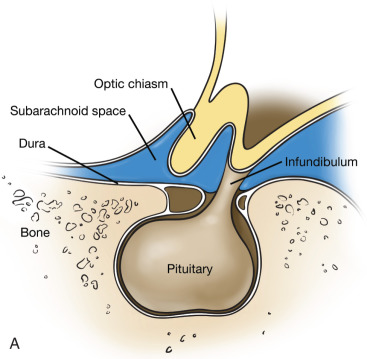
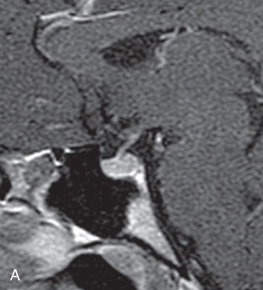
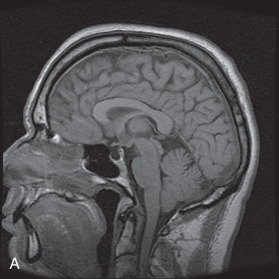
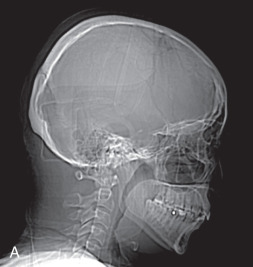
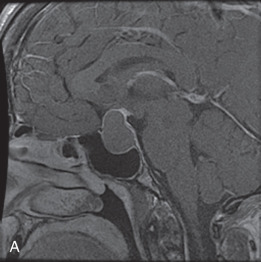
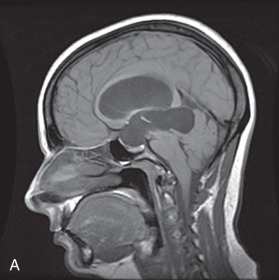
Become a Clinical Tree membership for Full access and enjoy Unlimited articles
If you are a member. Log in here